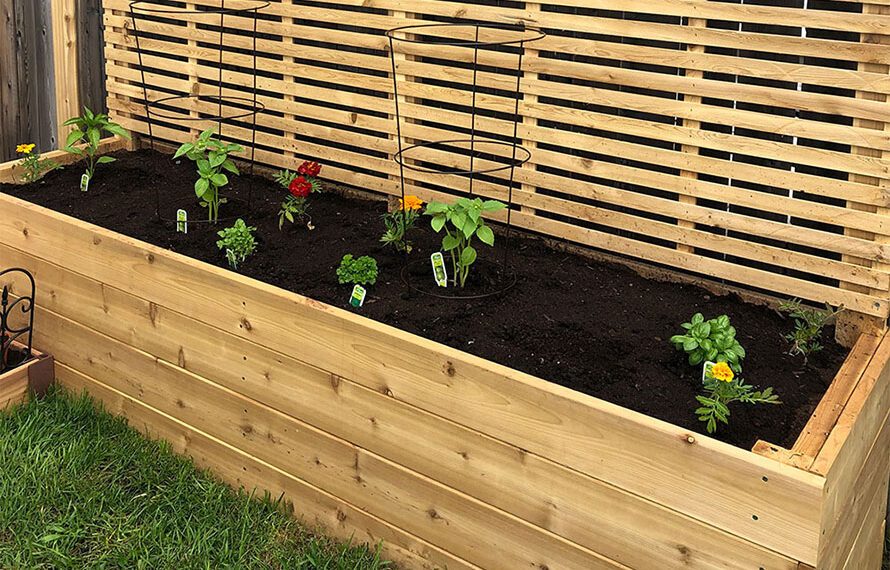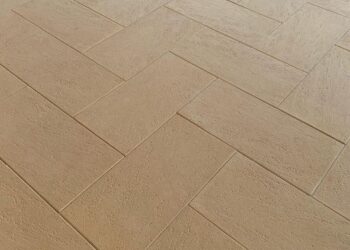Raised garden bed idea has been a trending concept over the past few years due to its advantages over the traditional gardening method. Some of the benefits are less weeds, more growing space, less time in tilling the garden to make the soil suitable to grow produce, less soil erosion, better drainage, water retention, early harvesting as soil warms up early and many more. If you are thinking of how to build a raised garden bed, here we are with detailed information to guide you.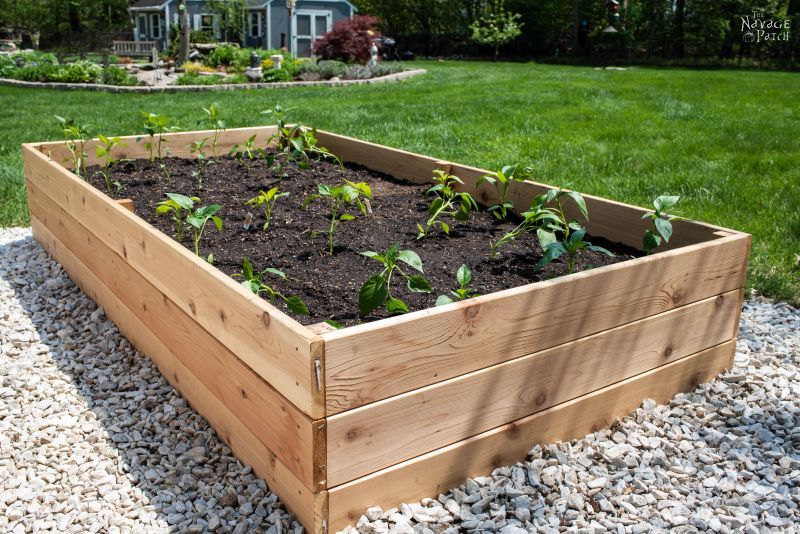
To build raised garden bed, you need to grab some tools and spend your weekend in the backyard. The outcome will astonish you over the period!
Read more: The Only Guide You Need For Raised Garden Beds
Types Of Raised Garden Beds Or Garden Box
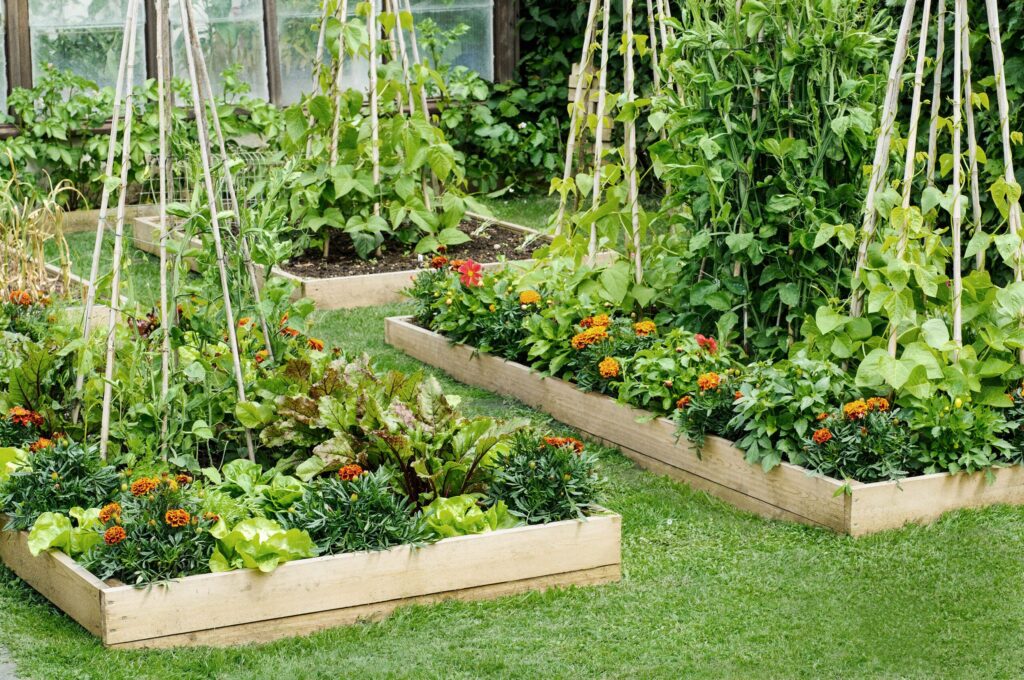
There are various types of raised garden beds to choose from. Some of them are as follows:
- Brick garden beds
- Stone garden beds
- Wooden raised garden bed
- Garden bed made with milk crates
- Grow bags
- Pallets
- Layered garden beds
- Rustic
- Symmetrical
- Garden beds with old furniture
Read more to know about The Best 19 Raised Garden Bed Ideas For Your Beautiful Garden!
Points To Consider Before Thinking About How To Build A Raised Garden Bed
Spacing
The best place to build the raised garden is the area that receives five to six hours of sunlight. To avoid plants shading each other, place them north to south at least a foot wider but not more than four feet to allow easy weeding and harvesting. If there’s a threat from critters, wire fencing is a must.
Choose the right material
While planning on how to build a raised garden bed, selecting the suitable material for the raised garden is half the work done. Try using rot-resistant wood such as cedar, oak and redwood, as it looks good apart from being rot-resistant. Using wooden plank makes the replacement of each individual wall easy. Similarly, stones, brick and cement can be used.
Suitable soil
For soil filled with microorganisms, fill your raised garden bed with a perfect mixture of 50% to 60% of topsoil and 40% to 50% of compost. Test the Ph and nutrient content of the soil before the growing season. You can easily get a home kit to check all the nutrients that will help you work on the soil, if needed, by adding compost later in the season to boost soil quality.
Types of plants to grow

The type of plant to grow is a vital decision to maximise the soil utility. It’s ideal for growing lettuce and carrots in the soil during summer. If you are willing to wait for the next season, fill the raised bed with shredded leaves and grass clippings to become compost before the sowing begins.
Regular watering

Plants on raised garden beds dry out frequently despite having a sound drainage system. Water plants in the morning, but check in the afternoon once for water because hot and arid climates dry out plants quickly. A drip irrigation system is also available at a lower cost to keep the roots consistently moist. All the above guidance will help you convert planning of how to build a raised garden bed into reality.
Tools Required To Build Raised Garden Beds
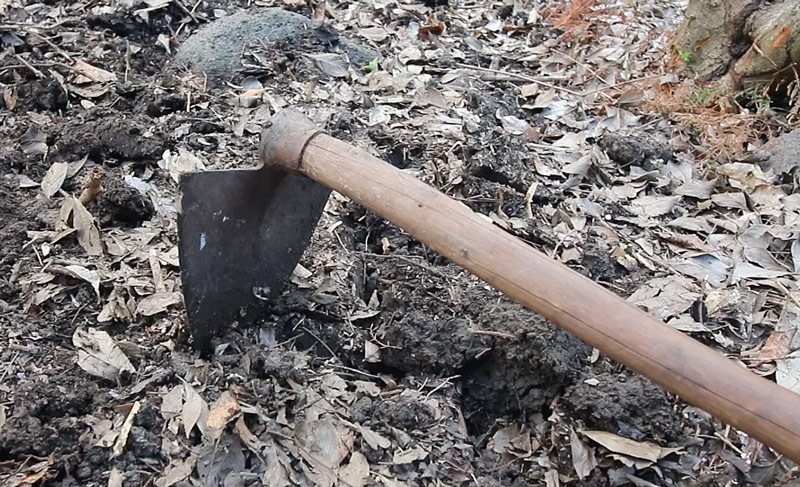
- Saw, if the wood is not store cut
- Hammer drill

- Circular saw

- Dust mask
- Drill bits for holes
- Bolt tightener to secure nuts and screws together
- Pencil to mark holes
- Tape for measurement of boards and holes

- Glasses as a safety measure
- Gloves
- Shovel

- Spanner
- Spirit level
- Screws to secure the timber
- Screwdriver to fix screws
- Driller to drill holes to fix screws
- A spade to dig holes for the post
Material Needed For Garden Beds
The garden bed can be made using cheap and best materials that can last up to 10 years. Using untreated pine plank
- Cement mixture
- Sleepers
- Plastic board( black colour)
- Landscaping fabric, if you want to use it
- Stainless steel staples of 1/4″
- Deck screws
- 1/4″ x 6″ construction screws
- Board of appropriate size. For a 4×8 footbed, get three pieces of 8-foot long 2″ x6″ lumber, and for a 4×4 bed, two pieces of lumber are good.
The Process Of Building A Raised Garden Bed
The basic process of building a raised vegetable garden bed is almost the same, but there are specific steps for particular garden beds. The following processes are the basic steps to help you make the bed.
Step1: Process of making bedsides
Once you identify the place to build the garden, let’s begin the process.
- If you have four pieces of pre-cut board of size 4 ft by 4 ft, well and good. Else, cut the 8 feet board into four parts to have four planks of equal measure.

- Using decking screws, screw the planks together. Drill two holes at the end of each plank, keeping holes slightly thinner than the screws. Position the pilot holes so that the screws fit both ends of the planks directly.

- If you want a sturdy frame, cut four pieces of pine stake to nail the board at the corners for bracing.
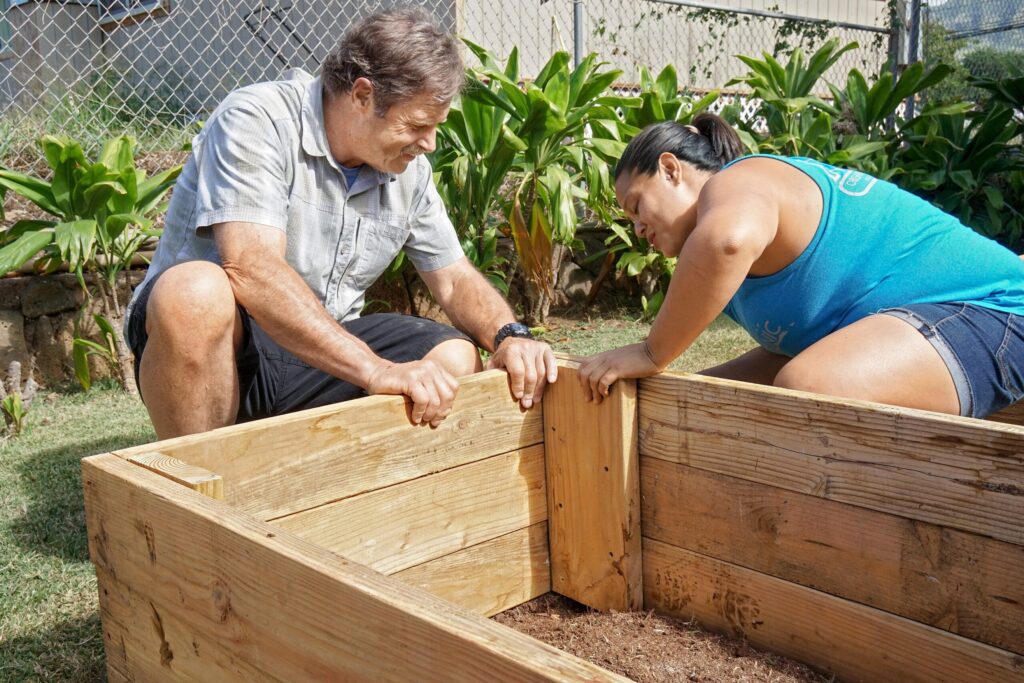
Step 2: Process to assemble the garden bed
Once planks are cut to size with holes, it’s time to assemble it.
- Lay down the walls to ensure each plank overlaps the other plank with the holes at the end.
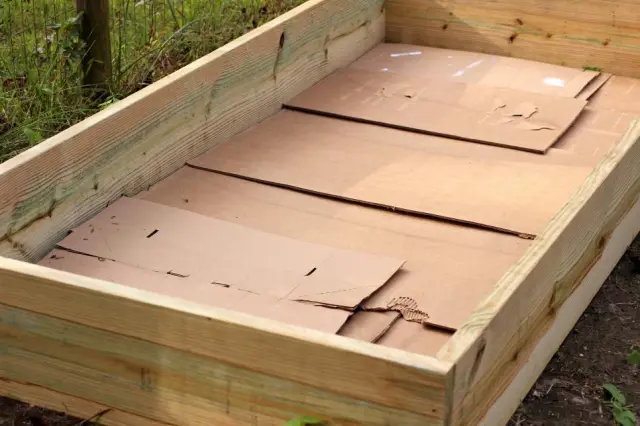
- Using long screws, screw the walls tightly, securing the other one.

Step 3: Fill the bed with soil
The most important part of the process of building a raised garden bed is how to fill your raised garden bed. Well, studying more about the types of soil and which one is best for your garden will help you.
- Fill the raised garden bed with either homemade or commercially produced compost mix rich in nutrients.

- Layer the compost with topsoil suitable for vegetable gardening, allowing quick sowing and planting.

- Fill the bed with soil to the brim because, with watering, the soil will settle down. You can add compost once the soil settles.

Now, the garden bed is ready to sow plants and veggies of your choice. Enjoy the homegrown salads and veggies!
Here Are A Few Tips On Filling A Raised Garden Bed
- Add 40% of nutrient-packed compost made at home or purchased from the market. It is best for the garden.
- Never use freshly prepared manure
- Add 40% of topsoil, especially the bagged one, as the quality is better.
- 20% of aeration is a must for the upkeep of soil. Though most of the bagged soil mixes have perlite and pumice. In case it’s not added, put some lava rock or something else for drainage.
How To Build A Raised Garden Bed Soil Mix

If you are thinking about how to build a raised garden bed and have read the above process and tips, here is the guide to prepare the soil mix at home:
For one 4 x 4-foot raised bed
- Three cubic feet of coconut coir
- Four cubic feet of topsoil
- Three cubic feet of compost
- 2 inches of shredded leaves or clipped grass
- If using grass clippings, make sure it’s free from herbicides because the presence of fertilisers will kill the plant.
- Mix the material with cultivator and water and mulch well with more leaves and clippings.
- Initially, you won’t need to add external support for nutrients. However, over the period, once crops suck all the nutrients from the soil, you might have to add balanced fertiliser.
- Once you sow, add a layer of mulches to suppress weeds and retain moisture.
Conclusion
The idea of having a raised vegetable garden is fantastic because it serves a dual purpose – one is to enjoy freshly grown vegetables and fruits, and the other is to have natural surroundings in the backyard to have a lovely visual treat. Don’t think about how to build a raised garden bed, just go for it without giving a second thought. There are plenty of options to choose from that will fit your pocket.
FAQs
Do you put anything in the bottom of a raised garden bed?
It depends on the style of the garden bed. Layer the bottom with newspaper and cardboard to suppress the weeds if the garden bed is placed on the soil. Lining the bed with high-quality geotextile fabric is also a good idea for water to drain properly.
How deep does a raised bed need to be for a garden?
The depth of the garden should be at least 30 cm. If you have a problem in bending down to sow and water the plants, build the bed a little higher than 30cm.
What wood is best for raised garden beds?
When thinking about how to build a raised garden bed, confusion in selecting the best wood creates confusion. The best wood is subjective that depends on the factors such as your place of stay, weather conditions and durability. The most popular types of wood are cedar, juniper, redwood and pine. Out of these, the best in terms of low cost is pine and is easily available at hardware shops. Cedar and redwood are the best in terms of quality, but it’s costly. You can decide your own best based on the priority.
What to plant in raised beds?
For beginners, try some of your favourite vegetables in a single raised bed. Gradually, shift to more depending on the depth of the soil. Lettuce, spinach, basil, onion, thyme, oregano and marigolds can grow well in 6″ soil depth. Produces such as cabbage, carrots, cauliflower, cucumber and garlic grow well in 12″ soil depth. Watermelon, okra and winter squash grow best in 18″ depth soil.
What are the disadvantages of raised garden beds?
The two main disadvantages of planning on how to build a raised garden bed are the high installation cost in the beginning and the frequent watering that consumes your time. If you can arrange for an irrigation system with a timer, it will save you time.
